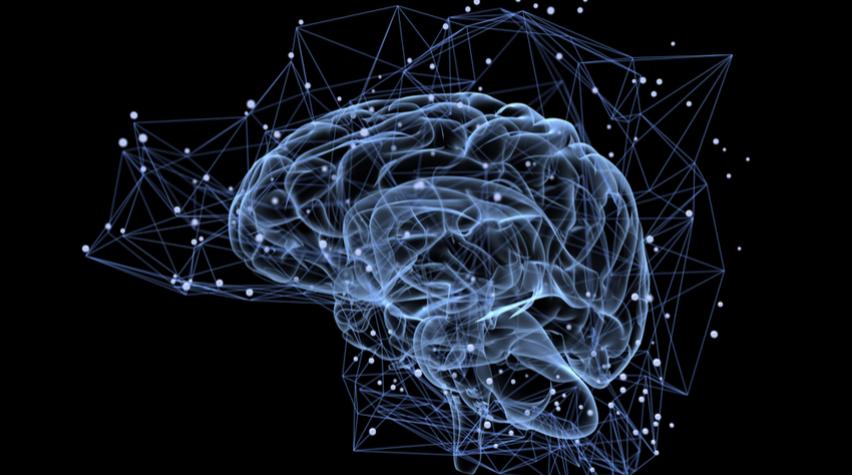
Engineers and scientists at Lawerence Livermore National Laboratory (LLNL) have created a device intended to test and predict the effects of biological and chemical agents, diseases, or drugs on the brain without the need for human or animal subjects.
Simulates specific brain regions
The brain-on-a-chip device simulates the central nervous system by recording neural activity from multiple brain cell types deposited and grown on microelectrode arrays.To look at specific regions of the brain, the chip has been divided in to four areas: three sub-regions and an external region representing the brain’s cortex.
Researchers deposited primary hippocampal and cortical cells onto the electrodes, positioned based on their relative orientation in the brain, using custom-built inserts that can be removed after the cells are placed in the device to allow free communication among the different regions. The team then monitored the cells’ action potential patterns — the “bursts” of electrical energy that cells emit when communicating — and observed how the cells interacted over time. The researchers also successfully performed tests with a four-cell insert, to prove more cell types could be used simultaneously.
Part of broader vision
Scientists said the platform is part of LLNL’s broader vision for countering emerging and existing threats, allows them to study the networks formed among various regions of the brain, and obtain timely, human-relevant data without animal or human testing. The data would be used to better predict human response to countermeasures, viruses or pharmaceutical drugs, and could help scientists determine if certain types of neurons are more susceptible to exposure.
Research will continue, as the scientists improve on their work, particularly as they work with computer scientists, statisticians, and data modelers to fully analyze the data they collect.
To learn more about this research, see the full news release from LLNL.


